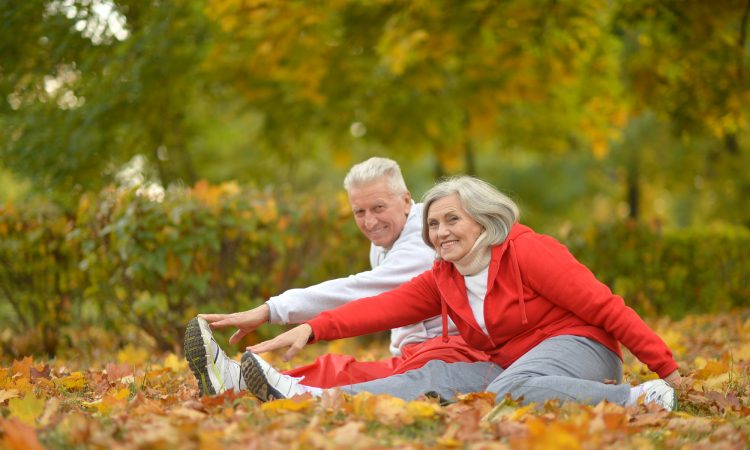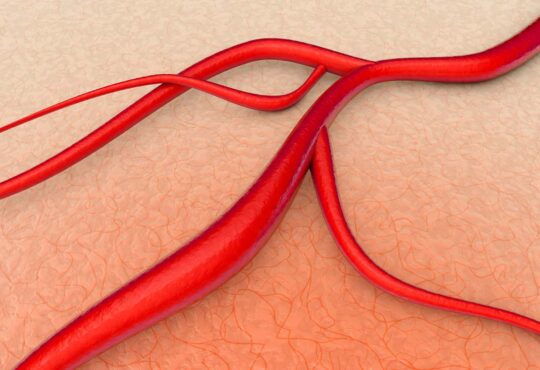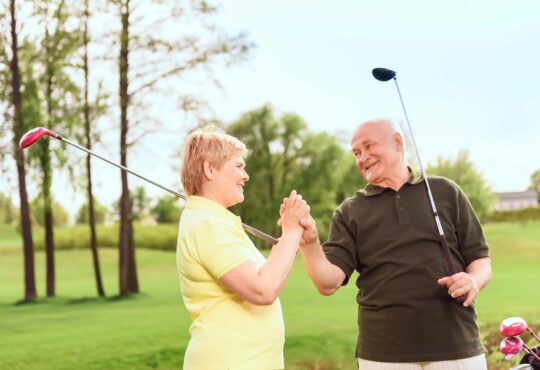
You know your calendar age, but your cells, organs, and metabolism may be older or younger.
Of course, you can go to your doctor or a clinic and order a bunch of medical tests. You can get your telomeres measured and your blood panel has done.
But those require money or the willing cooperation of your insurance company.
They’re not likely to cover anti-aging tests, because aging is not (yet) considered a medical problem. The medical system is oriented toward paying to treat disease, not to keep you feeling well and healthy for as many years as possible. Just plain getting older is taken for granted. The system is still far away from adjusting to the perspective of those of us who want to live much, much longer lives.
How to Get an Idea Where You Stand
None of these tests are definitive, but they’re easy and cheap ways to detect how well you’re doing to suspend (or even reverse) the effects of time on your body.
They’re not as precise as laboratory tests. But can give you a good general idea of what kind of shape you’re in.
Ear Lobe Creases and Risk of Heart Disease
Back in 1973, Dr. Frank Sanders noted that heart patients usually had a crease in their ear lobes.
It’s a wrinkle that runs diagonally from the bottom of the opening of the ear canal to the edge of the ear.
It can be a simple line or a really deep crease. They can start with one ear, then go to the next.
You can see many examples if you query Google Images for “ear lobe creases.”
Scientific studies have shown a high correlation between having ear lobe creases and heart disease, though nobody knows exactly why.
One theory which strikes me as reasonable has to do with the general health of your skin. Your skin develops wrinkles, including ear lobe creases, as your skin’s elastin and collagen age.
This simply parallels a similar deterioration in the elastin and collagen of your blood vessels.
What to do: Look in the mirror. The deeper your ear lobe creases, the more you need to take care of your heart health.
The Sit-Rise Test
A team led by Dr. Claudio Gil Araujo of Brazil developed this next one.
From a standing position, sit down on the floor. If you can do so without falling or using your hands, you score a 5. If you fall or must use your hand to support yourself going down, subtract a point.
Then stand back up. If you can do so without bracing your hands on the floor or on your legs or knees, or use your forearm or thighs, score a 5. Subtract a point for every time you use your hand.
This might sound easy, but it’s not – especially the standing up from sitting on the floor.
For every point you score up to 10, you have a 21% LOWER all-cause risk of dying.
If your total score is 9 or 10, you’re in good shape.
Below 9, you need help strengthening your muscles, increasing flexibility and retaining a sense of balance.
If you scored from 0 to 3, or you couldn’t do it at all – get help.
Clearly, this test works because it forces you to use your functional muscles. If you’ve allowed yourself to get weak or off-balance, you need more physical activity.
How Fast Do You Walk?
Another physical activity that accurately reflects your biological age is the speed at which you walk when you’re not thinking about it.
That makes this test difficult to do by yourself. It’s not how fast you go when you’re in a hurry or how fast you can go when you push yourself to a higher speed.
It’s how fast you walk normally.
I know my walking speed was above average years ago because I often got irritated by coworkers in front of me going so slow.
On the hand, Diane usually ran me down. But, hey, she was 20 years younger.
Walk around your local mall until you get comfortable, so you’re enjoying yourself instead of thinking about this test.
Get behind some people who aren’t just window-shopping. Is their speed comfortable for you? Or do you need to pass them? Or do you fall behind?
If you use a walker, have a leg injury or arthritis, that will slow you down and, sadly, also indicate you’re biologically older than people who don’t have those conditions.
One of the major keys to remaining healthy and alive is your mitochondria, which generate energy for your cells. The more and healthier your mitochondria, the more energy you have – and, therefore, the faster you naturally walk.
Lack of Sexual Desire and Ability
This is not a “test,” but it’s a good indicator of what shape your arteries are in. That predicts your risk of a stroke or heart attack.
Many heart attack survivors claim they had no symptoms before the attack hit them.
However, that’s often not true.
The same cholesterol and plaque that cause heart attacks by jamming the arteries leading to your heart also build up in the arteries and capillaries leading to your sexual organs.
In men, the effect is quite obvious. Can you spell “ED?”
Women usually notice a weakening of desire and response, but don’t think too much about it because they can still function.
Both men and women who detect this symptom need to pay attention, and not just take a pill. Change your diet and exercise.
If you don’t like the results of these tests, change your diet, exercise and lifestyle so you slow down or even reverse your aging.
If you seem to have an immediate serious problem, get medical help.
https://www.scientificamerican.com/article/walking-speed-survival/
http://discovermagazine.com/2013/nov/05-sit-down
https://joe-cannon.com/earlobe-crease-heart-disease-review/
https://beta.washingtonpost.com/lifestyle/wellness/this-anxiety-inducing-fitness-test-purports-to-tell-you-how-long-youll-live-we-investigated/2019/03/18/0a1d06fe-4035-11e9-9361-301ffb5bd5e6_story.html







